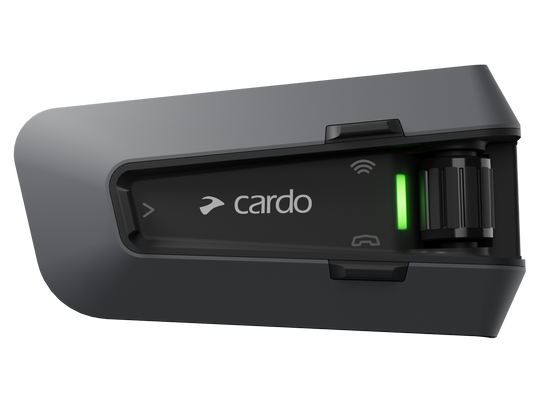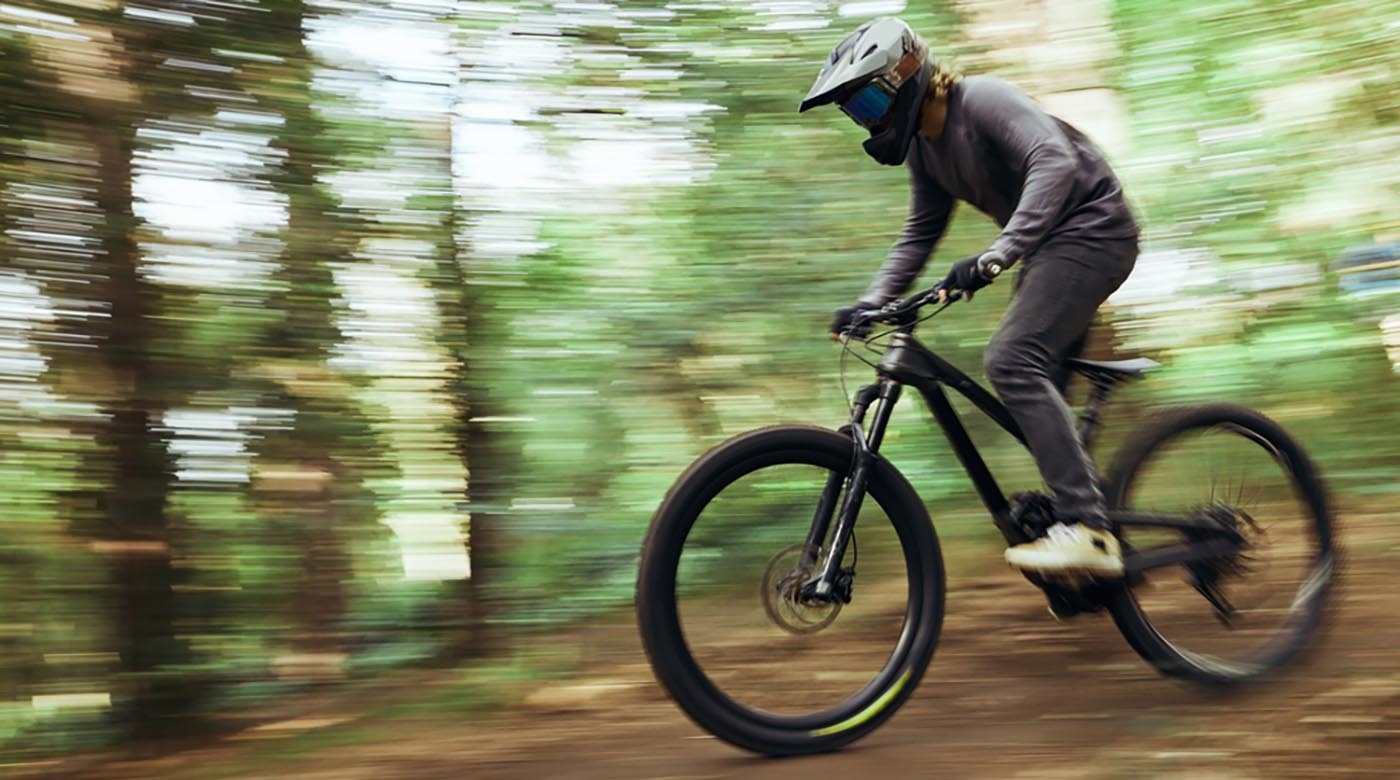I Wei Huang/shutterstock.com
With 120 million bikes, the U.S. has the second-highest ownership rate globally, just behind China. That’s over one bike per person! Americans love to bike, whether commuting to work, tackling rugged trails, or using them for low-intensity exercise.
But without experience, joining the bicycle revolution is easier said than done. Learn about the different types of bikes and how they’re used to find the right model for your lifestyle.
What are the Types of Bikes?
Every bike style is different and built for specific purposes. Use the bikes how they’re meant to be used to enjoy the sport as intended.
1. Road Bikes
If you see cyclists commuting to work, they’re likely riding road bikes with lightweight frames, short wheelbases, and skinny tires with minimal treads. Use a single-speed on mostly flat terrain. Single-speeds are generally faster and easier to maintain. Use a multi-gear option to make climbing hills easier.
Choose between drop-bar handlebars that position you forward over the bicycle and flat-bar handlebars that let you sit up straight. The former helps with speed, reduces wind resistance, and gives you more options for holding the bars, but can lead to fatigue without a strong core. The latter will feel more natural for beginners but require more energy to pedal. Drop-bar handlebars are excellent for long rides and serious cyclists craving speed. Flat-bar handlebars work well for short commutes where you’re not looking to work up a sweat before you arrive at the office.

west_photo/shutterstock.com
2. Touring Bikes
Similar to a road bike, touring bikes are built for comfort and longevity. They are wider, have more storage space, and use multiple gears for tackling inclines. Most options include drop-down handlebars to keep you in an aerodynamic position, but are more upright than a traditional road bike.
3. Mountain Bikes
Riding over uneven, rugged terrain requires thicker tires with grooved treads to whisk away debris. They have larger frames to provide stability, multiple gears for various inclines, and lower handlebars to help you get into a climbing position. Choose between a hardtail mountain bike with a suspension fork in the front and a fixed rear, and what’s known as a full-suspension bike with suspension on the front and back. The former is less expensive but increases vibrations on bumpy terrain. Learn the ins and outs of downhill mountain bike racing to get your blood pumping on the trail.
4. Hybrid Bikes
This style combines the features of a mountain bike with a road bike, making it suitable for on- and off-road terrain. It combines the best of both worlds, with a slimmer, more comfortable design, but has less suspension than a mountain bike and won’t be as fast as a road bike.
Use Bluetooth Bike Helmets to Communicate Hands-Free
lzf/shutterstock.com
5. Electric Bikes
Need a boost? E-bikes are becoming all the rage for people who rack up dozens of miles daily. They are similar to a road or hybrid model but have an electric motor that moves the bike when you need a break from pedaling. The extra juice takes the exhaustion out of the most imposing climbs.
6. Folding Bikes
If you’re commuting but don’t have space for your bike on the train, at work, or home, use a folding bike to take up less room. The wheels flip in when not in use and stay parallel, making the bike easy to carry or store.
7. Fat Bikes
Traditional tires sink into mud, sand, and other soft terrain, even on a mountain bike. Fat bikes have extremely broad tires, usually 3.8 inches wide or more, to distribute your weight over the ground. They keep you on the surface instead of getting stuck.
What You Need to Ride
The type of bike you choose and where you ride determine how much gear you need. It’s always best to wear a helmet when riding to protect your head from serious injury. Pair it with the Cardo Packtalk Outdoor to wirelessly connect to your phone and up to 14 other riders. Dynamic Mesh Communication (DMC) forms a direct link between you and every other cyclist and won’t disconnect when you change formation. Just say, “Hey, Cardo,” and let the Packtalk do the rest. It’s the best way to gain feedback from peers in real-time and navigate to your destination.
Biking through mud and dirt? Wear goggles to shield your eyes from debris. Riding over rocks and steep descents? Use knee and elbow pads to cushion your fall, so you can immediately get back up again.
Finding the Right Bike for You
Bikes can travel nearly everywhere, but only certain types can handle specific situations. Consider how and where you like to ride to find a model that works for you and the terrain. The proper setup and mechanics will make your life much easier.





